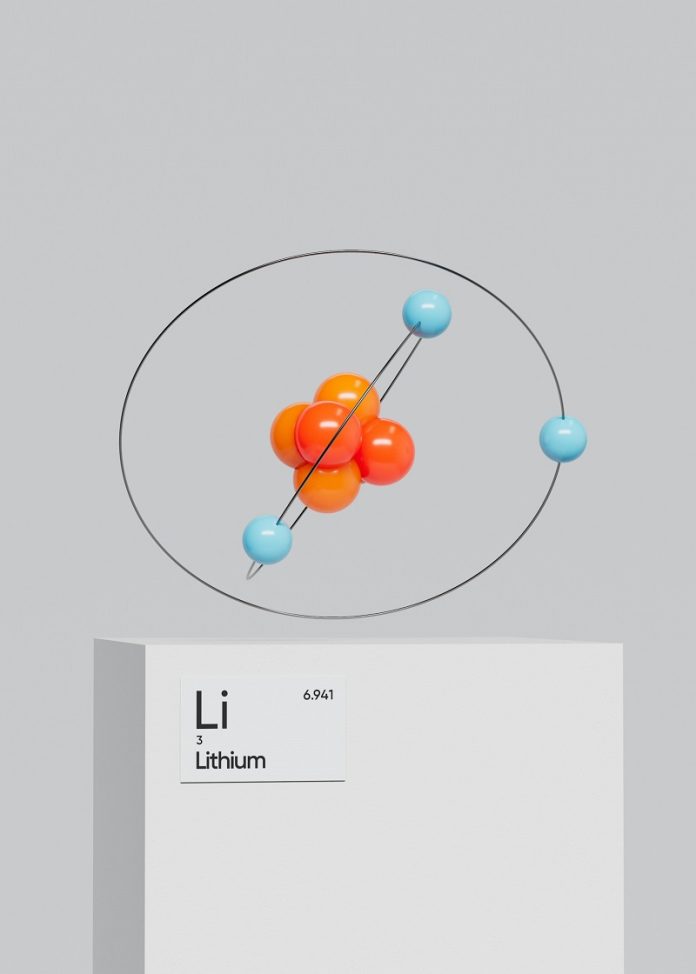
As the world races to find more sustainable energy sources, the demand for lithium—a key ingredient in batteries for electric vehicles and renewable energy storage—is skyrocketing.
However, up to 75% of the world’s lithium-rich saltwater sources remain untapped due to current limitations in extraction methods.
In a groundbreaking development, engineers from Monash University have created a new technology that can efficiently extract lithium from these challenging sources.
The new method, called EDTA-aided loose nanofiltration (EALNF), allows for direct extraction of lithium even from sources with high magnesium content, which traditional methods struggle to handle.
This breakthrough is crucial because experts predict that global lithium supply could fall short of demand as early as 2025. EALNF offers a smarter, faster, and more sustainable solution compared to conventional extraction techniques.
What makes this method unique is its ability to extract both lithium and magnesium simultaneously. Traditional methods often treat magnesium as waste, but the new technology can turn it into a valuable product.
The research, led by Dr. Zhikao Li from the Monash Suzhou Research Institute and Professor Xiwang Zhang from the University of Queensland, was published in Nature Sustainability on October 22.
The team demonstrated the effectiveness of this technique using saltwater brines from Longmu Co Lake and Dongtai Lake in China, which are known for their tough conditions.
At the core of this innovation is a special type of nanofiltration that uses a chelating agent to selectively separate lithium from other minerals like magnesium.
This is particularly useful for high-altitude salt flats in places like China (Tibet and Qinghai) and Bolivia, where traditional methods fail due to harsh conditions and lack of resources.
“Our technology recovers 90% of lithium from brines, almost double the efficiency of traditional methods,” Dr. Li explained.
“Plus, it reduces the time needed for extraction from years to just a few weeks.” Not only does it speed up the process, but it also turns leftover magnesium into a valuable product, cutting down on waste and benefiting the environment.
Another significant advantage of EALNF is that it generates freshwater as a by-product. Unlike conventional methods, which consume large amounts of water in dry regions, this new technique helps preserve water resources while extracting lithium.
The researchers are confident that their technology is ready for large-scale industrial use.
“This breakthrough is essential for preventing future lithium shortages and ensuring a stable supply to support the shift to clean energy,” Dr. Li added.
With this innovative approach, previously ignored lithium sources could soon become vital contributors to the global supply chain, helping to meet the world’s growing energy needs.



